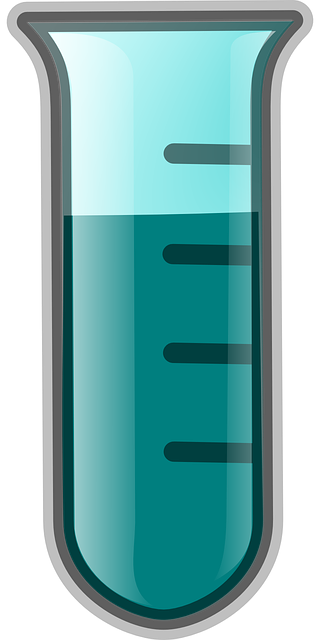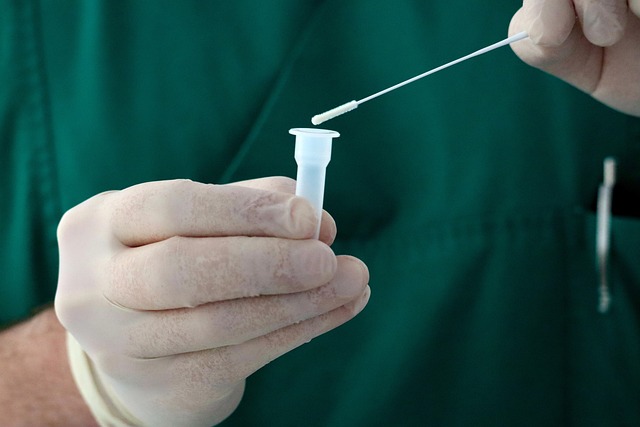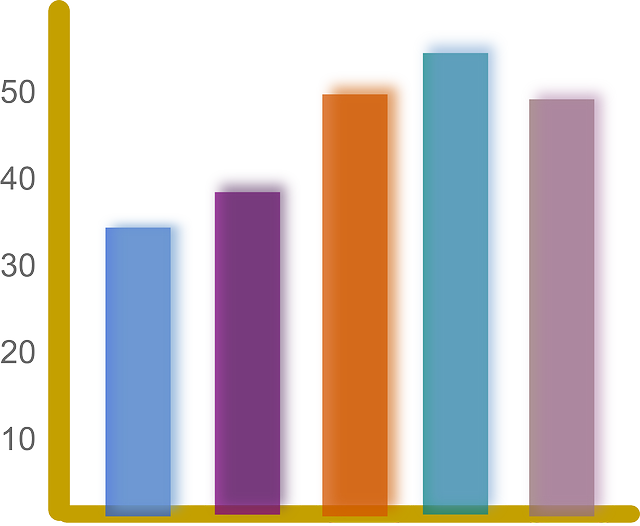In the UK, translation services for diagnostic test results are critical for ensuring accurate communication of medical data within regulatory submissions, considering the nation's diverse linguistic landscape and stringent data protection laws like GDPR and the UK Data Protection Act. Specialized translation services in healthcare must navigate both national UK regulations and international EU guidelines, especially after Brexit. These translators need to be well-versed in medical terminology, regulatory standards such as MDR and IVDR for medical devices, and CAT tools, to provide precise and compliant translations that uphold the integrity of clinical data and facilitate informed decision-making by healthcare professionals. By leveraging expert translation services, companies can ensure their diagnostic products meet all necessary compliance requirements in the UK and across Europe, thereby streamlining market access and enhancing patient care outcomes.
Navigating the complexities of regulatory submission within the UK healthcare sector requires meticulous attention to detail, particularly when it comes to translating diagnostic test results. This article delves into the pivotal role of translation services in ensuring that medical diagnostics meet stringent regulatory standards. We explore the UK’s regulatory framework for medical devices and diagnostics, emphasizing the importance of accurate translations in a multilingual landscape. Key considerations for translating diagnostic reports legally and precisely are highlighted, alongside the necessity of identifying relevant languages for UK-based submissions.
Best practices in document translation, with a focus on diagnostic reports, are scrutinized to address cultural nuances that could otherwise skew interpretations. Data protection, confidentiality, and compliance with EU Medical Device Regulations (MDR) and In Vitro Diagnostic Regulations (IVDR) are also examined to safeguard sensitive information during the translation process.
From the initial report to the final document, this article outlines the steps involved in the translation process, including verification and quality assurance measures that ensure the fidelity of translated content. The integration of advanced technology in translating medical documents is also discussed, alongside real-world case studies demonstrating successful regulatory submissions with translated diagnostic test results.
Furthermore, we address the training and certification imperative for professionals tasked with handling these critical translations, as well as the challenges faced when translating for multiple jurisdictions. Lastly, we reflect on the future trajectory of translation services within the UK’s medical device ecosystem, underscoring their integral role in healthcare innovation and regulatory compliance.
- Understanding the Role of Translation Services in Regulatory Submissions
- Overview of Diagnostic Test Results and Their Importance in Healthcare
- The UK Regulatory Framework for Medical Devices and Diagnostics
- Key Considerations for Translating Diagnostic Reports Legally and Accurately
- Identifying the Necessary Languages for UK-based Regulatory Submissions
- Best Practices in Translating Medical Documents: A Focus on Diagnostic Reports
- The Impact of Cultural Nuances on the Translation of Diagnostic Test Results
- Navigating Data Protection and Confidentiality in Translated Diagnostic Reports
- Collaborating with Regulatory Authorities: MHRA and Beyond
- Ensuring Compliance with EU MDR and IVDR in Translations for Diagnostics
Understanding the Role of Translation Services in Regulatory Submissions
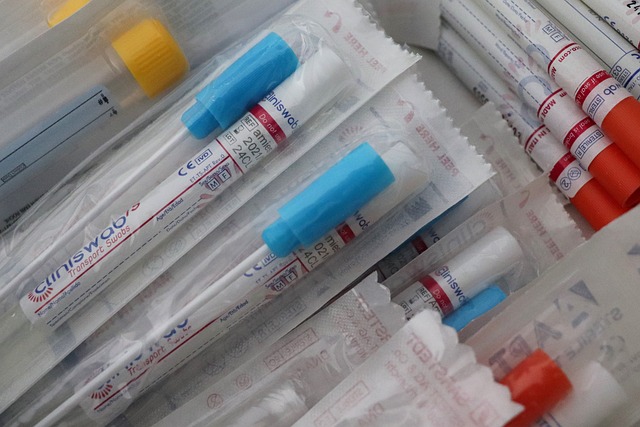
In the intricate process of bringing diagnostic tests to market within the UK, translation services play a pivotal role in ensuring that diagnostic test results are accurately conveyed across different languages. Regulatory submissions for medical devices and in vitro diagnostics must adhere to stringent standards set by bodies such as the Medicines and Healthcare products Regulatory Agency (MHRA). The translation of these reports from English to other languages, or vice versa, is not a mere linguistic exercise but a critical step that requires specialized expertise. Professional translation services for diagnostic test results in the UK must encompass not only a deep understanding of medical terminology but also a proficiency in regulatory language and documentation requirements. These translators are trained to handle sensitive and technical information, ensuring that all nuances of the original text are preserved. This includes not only the direct translation of terms and findings but also the adaptation of content to comply with the legal and regulatory frameworks of the target country. By providing precise and compliant translations, these services facilitate the seamless exchange of critical diagnostic data necessary for global regulatory submissions, thereby expediting the approvals process and enabling faster patient access to new and innovative diagnostics.
The importance of accuracy in translation for regulatory submissions cannot be overstated. A single misinterpreted term or omitted detail can lead to delays or even rejection of a product by regulatory authorities. Thus, the choice of a competent and reliable translation service is paramount. In the UK, this has led to the emergence of specialized translation services that cater specifically to the medical and diagnostic sectors. These services ensure that all translations meet the rigorous standards required for submission to entities like the MHRA. By leveraging the expertise of bilingual professionals with a background in healthcare regulations, these services guarantee that diagnostic test results are not only accurately translated but also presented in a format that aligns with the regulatory expectations of the target country. This level of attention to detail and adherence to regulatory requirements is essential for navigating the complex landscape of international medical regulations and for upholding patient safety.
Overview of Diagnostic Test Results and Their Importance in Healthcare
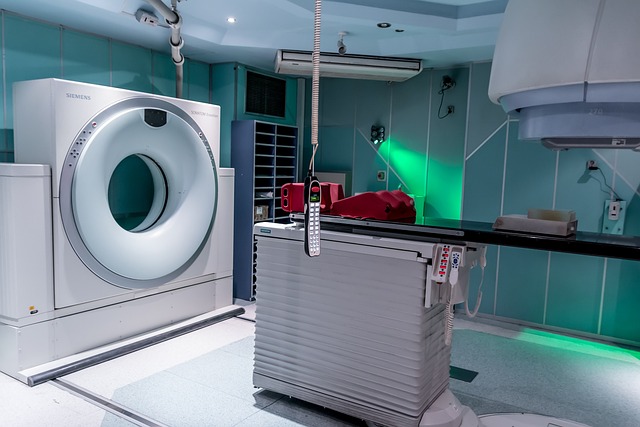
Diagnostic test results are a cornerstone in the clinical decision-making process, providing healthcare professionals with critical information to diagnose, monitor, and treat diseases effectively. In the UK, the accuracy and clarity of these reports are paramount, as they often inform patient management and contribute to the advancement of medical knowledge. The translation of diagnostic test results is a specialized task that requires not only linguistic precision but also an understanding of medical terminology and context. Translation services for diagnostic test results in the UK must adhere to strict standards to ensure that the information conveyed is both accurate and comprehensible across different languages and cultural contexts. This is essential for multinational clinical trials, patient care, and regulatory submissions, where the exactness of data translation can impact treatment outcomes and public health policies.
The importance of these translations cannot be overstated; they facilitate international collaboration in research, enable patients to receive timely and appropriate care regardless of language barriers, and support compliance with regulatory requirements. In the UK, regulatory submission processes are stringent, necessitating precise and reliable translations that meet the high standards set by bodies such as the Medicines and Healthcare products Regulatory Agency (MHRA). The role of translation services for diagnostic test results is therefore critical in bridging communication gaps and ensuring the integrity of healthcare information across diverse linguistic environments.
The UK Regulatory Framework for Medical Devices and Diagnostics
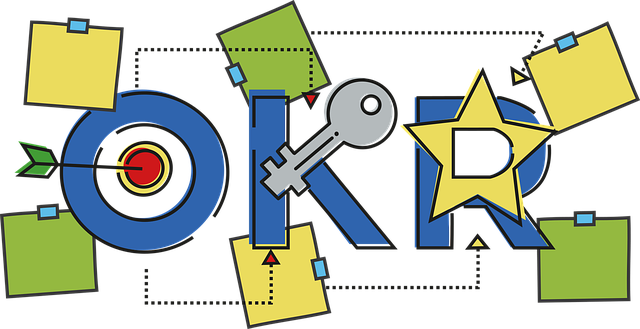
In the context of medical devices and diagnostics, the United Kingdom has established a robust regulatory framework to ensure patient safety, device performance, and compliance with international standards. This framework is governed by the Medicines and Healthcare products Regulatory Agency (MHRA), which oversees all stages of a medical device’s lifecycle from design to post-market surveillance. For diagnostic test results, translation services play a pivotal role in facilitating communication across borders, especially when these results are part of regulatory submissions. In the UK, any diagnostic report that is to be submitted for regulatory purposes must be accurately translated into English to meet the stringent requirements set by the MHRA. This includes adherence to the EU Medical Devices Regulation (MDR) and the In Vitro Diagnostic Regulation (IVDR), which align with the UK’s own regulations post-Brexit. Translation services for diagnostic test results in the UK must be precise, reliable, and provided by professionals who are well-versed in the medical terminology specific to diagnostics, ensuring that all nuances of the original text are accurately conveyed. This attention to detail is critical, as regulatory submissions require a high level of clarity and accuracy to support decision-making processes and secure approvals for the use of diagnostic devices within the UK market.
Key Considerations for Translating Diagnostic Reports Legally and Accurately
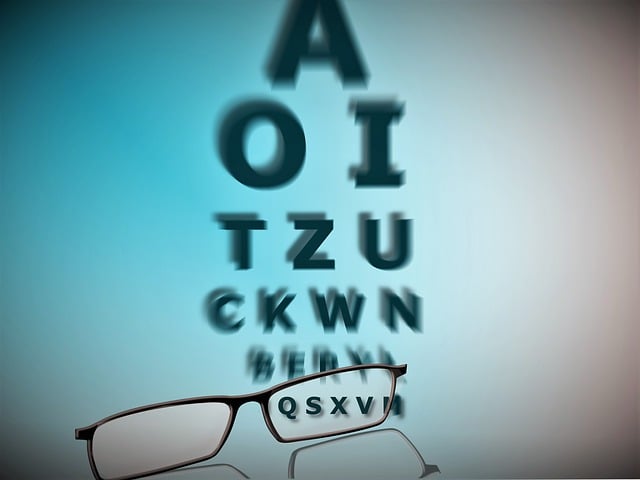
When translating diagnostic reports for regulatory submission in the UK, it is imperative to engage with translation services that specialize in medical language and possess a thorough understanding of the regulatory framework governing such submissions. The accuracy of these translations is not just a matter of semantics; it is a critical aspect of patient safety and legal compliance. Translation services for diagnostic test results must be proficient not only in the source and target languages but also in the specific terminologies used within the medical and regulatory contexts. This includes precise anatomical, pathological, and clinical terms that are consistent with international standards such as ISO 17025 for testing and ISO 62045 for terminology.
Moreover, translators must be adept at interpreting complex scientific data while maintaining the integrity of the original report. They must account for cultural nuances and regional variations in medical practices that could influence the interpretation of findings. The translation services should also be familiar with the UK’s Medicines and Healthcare products Regulatory Agency (MHRA) guidelines, as well as other pertinent regulations like the Clinical Trials Regulation (CTR) and General Data Protection Regulation (GDPR), to ensure that all personal data is handled securely and in compliance with legal standards. The translator’s role extends beyond mere word-for-word translation; it encompasses a deep understanding of the medical context, the regulatory environment, and the legal implications associated with diagnostic report translations in the UK.
Identifying the Necessary Languages for UK-based Regulatory Submissions

When navigating the intricacies of regulatory submissions within the UK, it is imperative to consider the linguistic diversity that the region encompasses. For diagnostic reports to be accepted for regulatory submission in the UK, they must be accurately translated into languages that are commonly spoken and understood by the patient population and regulatory bodies within the country. English remains the primary language for such submissions; however, owing to the UK’s diverse demographic, translations in British Sign Language (BSL) and other minority languages may also be necessary, particularly if the target audience includes these groups.
Translation services for diagnostic test results in the UK must be proficient not only in the linguistic nuances of each language but also in the specialized terminology inherent to medical diagnostics. This ensures that the translated reports are both medically and contextually accurate. It is crucial to engage with translation services that specialize in healthcare documentation to guarantee the integrity and clarity of the data, facilitating a smoother review process by regulatory bodies such as the Medicines and Healthcare products Regulatory Agency (MHRA). By adhering to these linguistic requirements, sponsors can enhance the likelihood of successful regulatory submissions and, subsequently, improve patient care outcomes.
Best Practices in Translating Medical Documents: A Focus on Diagnostic Reports

When translating diagnostic reports for regulatory submission in the UK, adherence to best practices is paramount to ensure accuracy and compliance with legal standards. The translation services for diagnostic test results must be executed by professionals well-versed in both the source and target languages, as well as the medical terminology specific to the field. It is crucial that translators possess a deep understanding of the medical context, as diagnostic reports are critical documents that inform clinical decisions and regulatory approval processes. To mitigate potential errors, translation teams should employ a two-step process: first, an initial translation by a subject matter expert; second, a review and comparison against the original document by another specialist to ensure that all nuances, including abbreviations, technical terms, and clinically relevant information, are accurately conveyed. This dual approach not only enhances the fidelity of the translated content but also upholds the integrity of the regulatory submission process in the UK. Furthermore, translators must be adept at using specialized translation software that supports quality assurance, such as Computer-Assisted Translation (CAT) tools, which can help maintain consistency across documents and ensure that all regulatory requirements are met. By following these stringent protocols, translation services for diagnostic test results in the UK can provide accurate, reliable, and compliant translations that facilitate efficient medical decision-making and successful regulatory submissions.
The Impact of Cultural Nuances on the Translation of Diagnostic Test Results
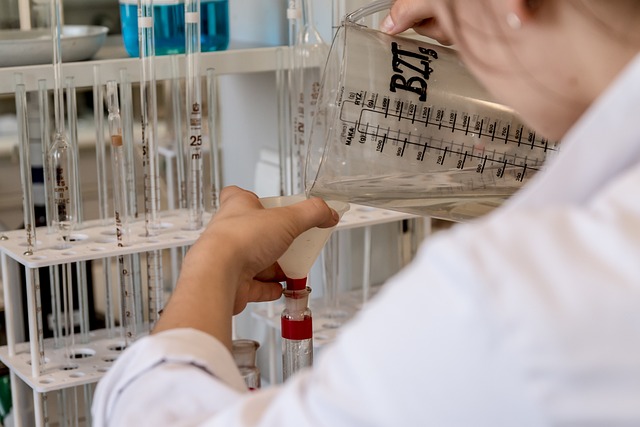
When translating diagnostic test results for regulatory submission in the UK, cultural nuances play a pivotal role in ensuring accuracy and compliance. The linguistic intricacies and regional variations within the UK’s diverse populations necessitate a deep understanding of both the source and target languages. Translation services for diagnostic test results must go beyond literal equivalence to capture the context and meaning intended by the original text. This is crucial as medical terminology may have different connotations or interpretations across cultures, which could lead to miscommunication and potential misdiagnosis if not handled with precision.
Healthcare professionals and translators must navigate these complexities to uphold the integrity of the data. Utilising specialized translation services for diagnostic test results in the UK that are well-versed in medical jargon and cultural nuances is essential. These experts employ a combination of technical knowledge and linguistic skill, ensuring that the translated reports reflect the exact intent of the original documentation. This meticulous approach is indispensable in maintaining patient safety and regulatory compliance, thereby upholding the standards of healthcare delivery within the UK’s multicultural landscape.
Navigating Data Protection and Confidentiality in Translated Diagnostic Reports

When translating diagnostic test results for regulatory submission in the UK, it is imperative to adhere strictly to data protection and confidentiality regulations. The General Data Protection Regulation (GDPR) and the UK’s Data Protection Act 2018 set clear guidelines on how personal data should be handled. Translation services for diagnostic test results must ensure that all patient information remains secure throughout the translation process, safeguarding privacy in compliance with these legal frameworks. The translator’s role extends beyond mere linguistic equivalence; it encompasses a commitment to maintaining the integrity and confidentiality of sensitive health data. This involves not only the use of secure systems for data transfer but also rigorous vetting of translation personnel, ensuring they are bound by strict confidentiality agreements. By leveraging specialized translation services tailored for the medical sector within the UK, healthcare providers can confidently submit accurate and compliant diagnostic reports, facilitating efficient regulatory processes without compromising patient privacy or data security.
Collaborating with Regulatory Authorities: MHRA and Beyond
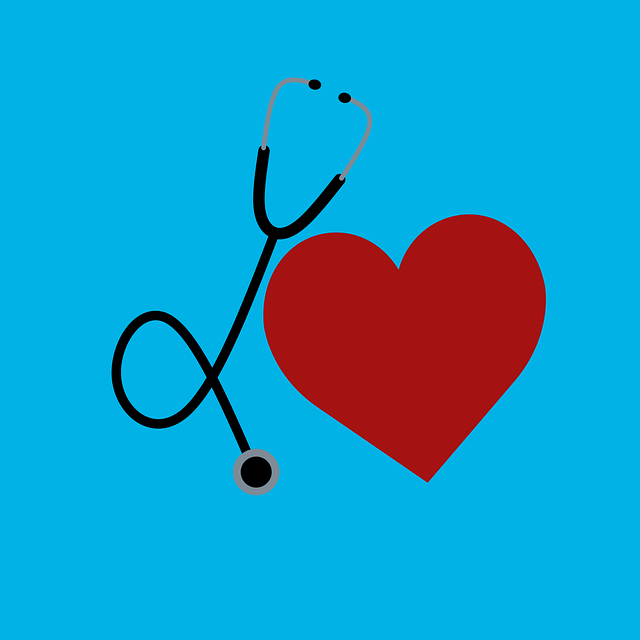
In the intricate process of regulatory submission within the UK, translating diagnostic reports assumes paramount importance. The Medicines and Healthcare products Regulatory Agency (MHRA), the UK’s authority responsible for the assurance of the safety and efficacy of medical and healthcare products, mandates precise and accurate translations of diagnostic test results. Collaboration with the MHRA is crucial for companies seeking to navigate this complex regulatory landscape. The MHRA provides comprehensive guidelines on the acceptable translation services for diagnostic test results in the UK, ensuring that all reports adhere to stringent quality standards that reflect the original data accurately. This collaboration extends beyond mere compliance; it encompasses a dynamic partnership where translators and regulatory experts work in tandem to ensure that the nuances of medical language are preserved across different languages, maintaining the integrity of clinical data.
Beyond the MHRA, companies must also consider the broader European context post-Brexit. The UK’s departure from the European Union has necessitated a reevaluation of how diagnostic reports are translated and submitted for regulatory purposes. Translation services for diagnostic test results in the UK now need to consider both national and international regulations, depending on whether products are intended for use within the UK alone or across the EU. This multifaceted approach to translation requires not only linguistic expertise but also a deep understanding of the regulatory frameworks governing medical devices and clinical trials across different regions. By engaging with translation services that specialize in the healthcare sector and possess a thorough grasp of these regulations, companies can ensure compliance and facilitate efficient market access for their diagnostic products.
Ensuring Compliance with EU MDR and IVDR in Translations for Diagnostics
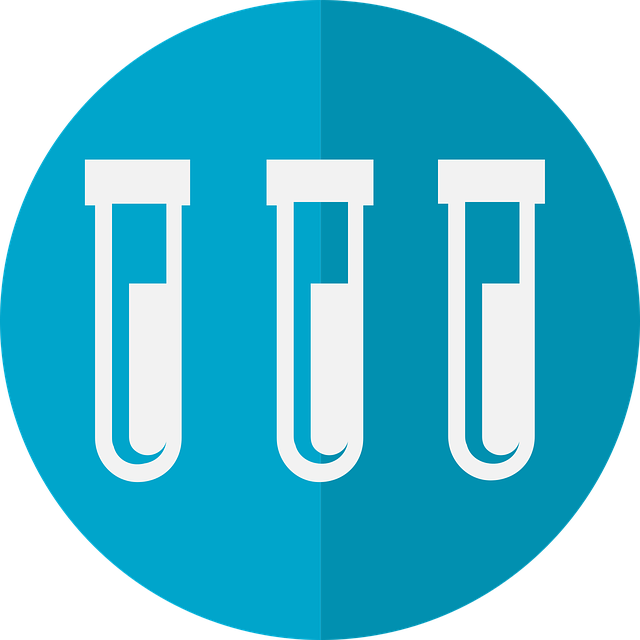
When navigating the complex regulatory landscape of medical devices in the UK, compliance with the EU Medical Devices Regulation (MDR) and In Vitro Diagnostic Regulation (IVDR) is paramount. Translation services for diagnostic test results play a critical role in this context, as they facilitate the understanding and acceptance of these reports across different regions and languages. The UK’s commitment to maintaining high standards post-Brexit necessitates a robust approach to translation that goes beyond mere linguistic accuracy. It involves a deep understanding of the regulatory nuances embedded within each medical device directive. Translators specializing in diagnostic translations must not only convey the precise technical information but also ensure that the translated content aligns with the specific requirements set forth by both MDR and IVDR. This includes the correct terminology, context-specific language, and a comprehensive grasp of the regulatory expectations for each medical device.
The translation process for diagnostic test results in the UK must be executed with meticulous attention to detail, adhering strictly to the guidelines outlined by the respective regulations. The translators must be proficient not only in the source and target languages but also knowledgeable about the medical devices sector. This expertise is crucial in ensuring that the translated reports meet the stringent standards for accuracy and reliability as mandated by EU MDR and IVDR. By leveraging specialized translation services for diagnostics, companies can navigate the regulatory requirements with confidence, ensuring that their diagnostic test results are comprehendible and actionable for healthcare professionals and patients alike in the UK market. This commitment to compliance and precision underscores the importance of selecting translation providers with a proven track record in the medical devices industry.
In concluding, the translation of diagnostic test results for regulatory submission within the UK is a complex task that requires expertise in both medical terminology and the nuances of UK regulatory frameworks. The role of professional translation services in this context is pivotal, ensuring that diagnostic test results meet the stringent standards set forth by the MHRA and comply with the EU’s Medical Devices Regulation (MDR) and In Vitro Diagnostic Regulation (IVDR). Navigating language barriers while upholding data protection and confidentiality is essential for maintaining the integrity of healthcare information. By adhering to best practices and considering cultural nuances, these translations facilitate efficient regulatory submissions that are critical for patient safety and advancements in medical diagnostics. For entities operating within or seeking approval from the UK market, leveraging specialized translation services for diagnostic test results is not just a procedural necessity but a strategic imperative for success.
